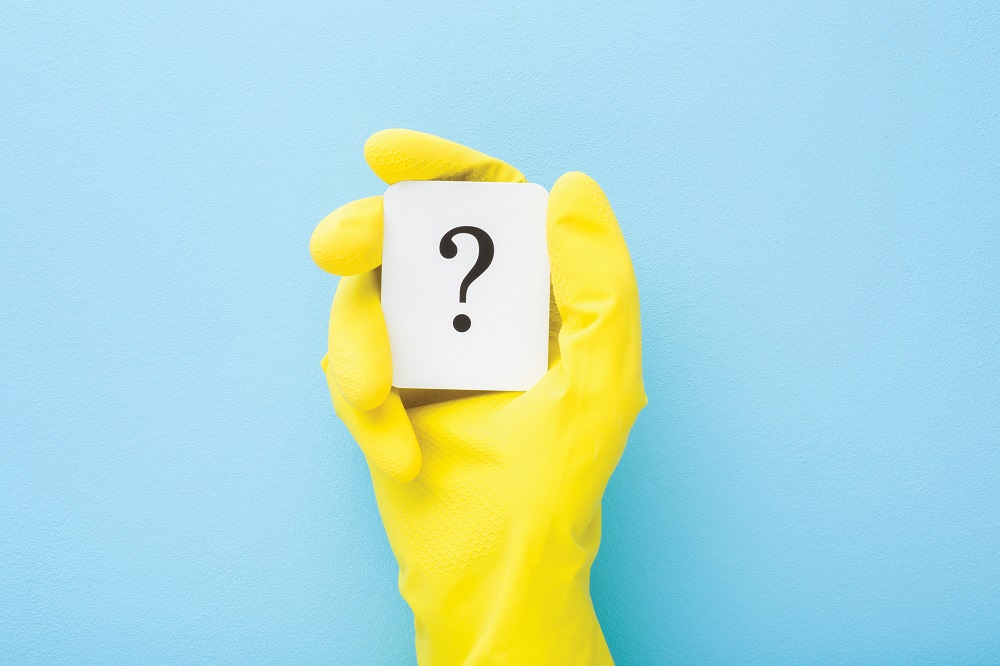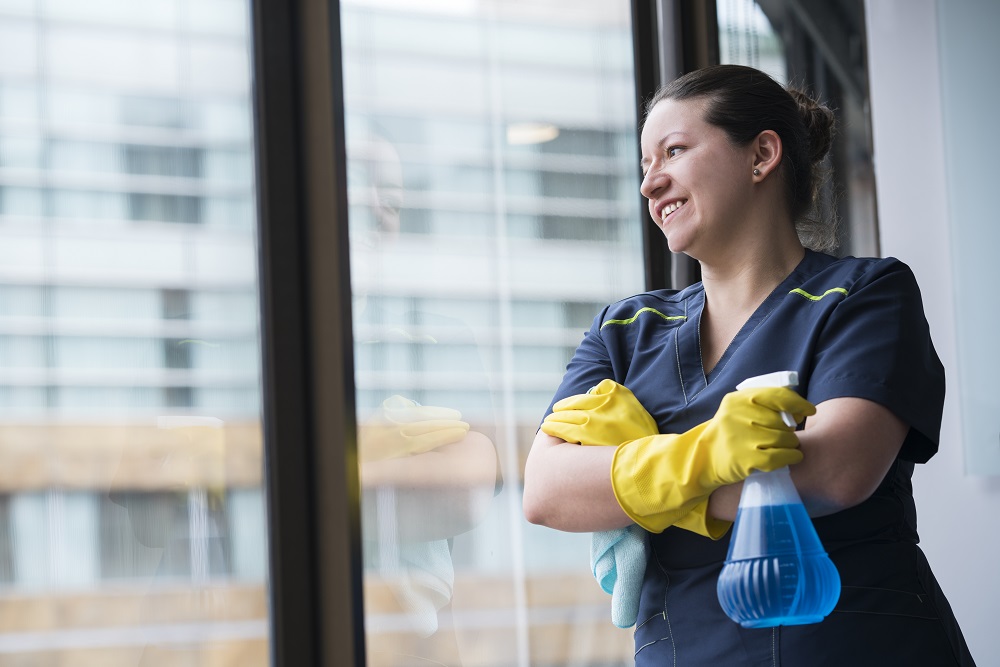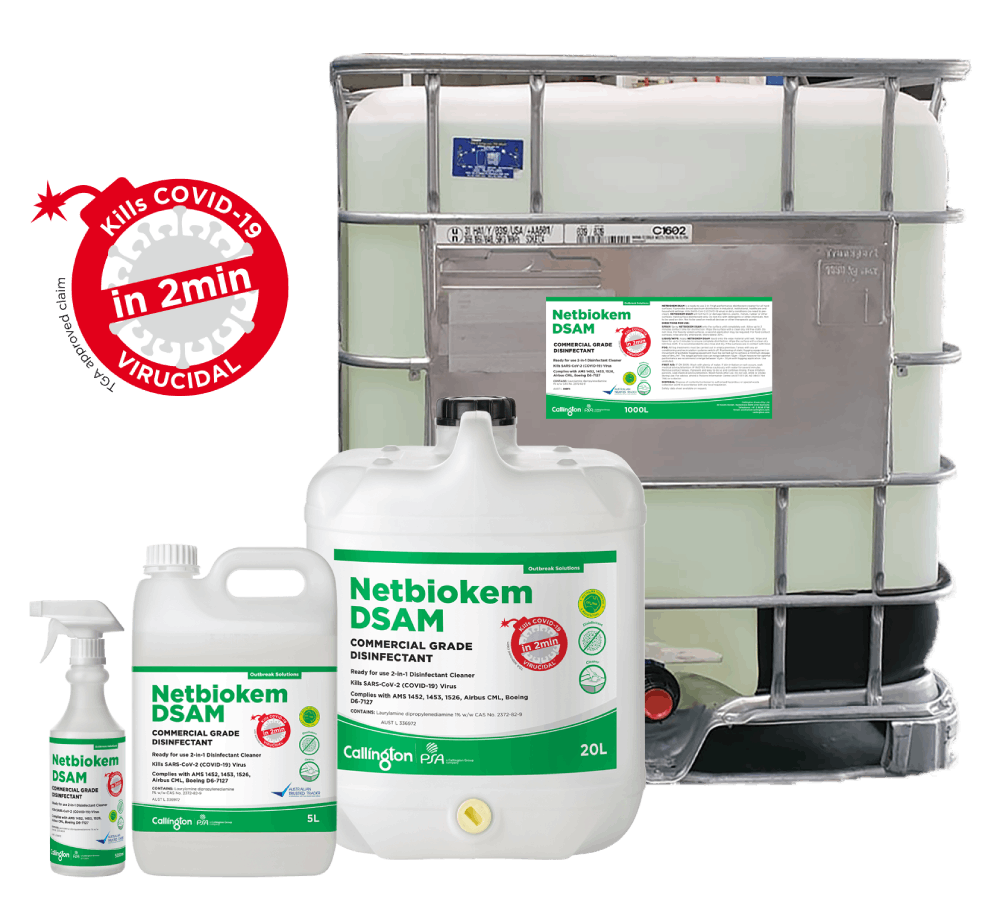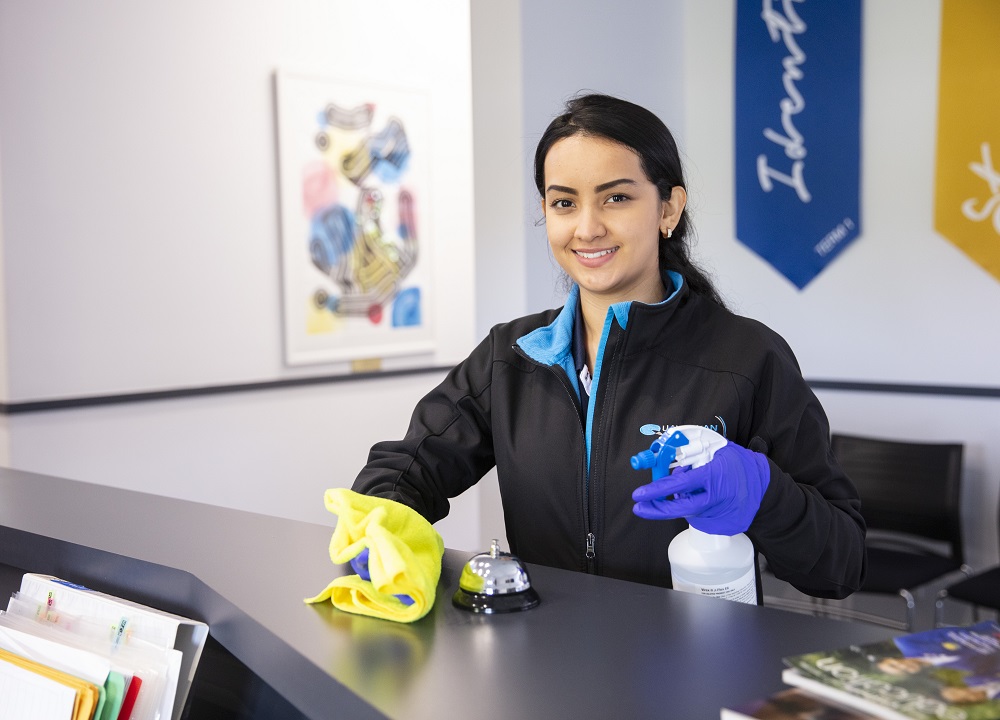
Floorcare may not always receive the attention it deserves as the cleaning industry focuses on high touchpoints and disinfectants because of COVID-19, but it remains a key area of hygiene and innovation for contractors and their clients.
For someone who has seen it all in the cleaning business over the last two decades, Steve Bagshaw admits that some aspects of the trade still surprise him.
For a start, cleaners who still insist on manual mopping of floors. “That’s quite amazing to me after so many years of other alternatives being available,” says Bagshaw, the regional ambassador for i-team Australia and New Zealand.
“There’s sometimes still a lack of awareness and a desire to focus on innovation and present value to clients.”
His company distributes the i-mop floor scrubber, which is credited with cleaning up to 70 per cent faster than conventional wet mopping and up to 30 per cent quicker than conventional auto scrubbing.
“In a nutshell, it gives you the power of a large walk-behind scrubber, but with the agility of a mop,” Bagshaw says.
So, in an era when COVID-19 is forcing cleaning operators to insist on best-practice and greater efficiency, he believes it is common sense to take advantage of the latest technology.
“Labour is the biggest cost in cleaning, so any way to focus on that line of the profit-and-loss statement for a contractor is where they’re going to get the fastest gain.”
While floorcare may not be the main focus of cleaning improvements during the pandemic – that honour goes to high-touchpoint areas in hospitals and other healthcare environments – it is nevertheless part of an overall industry in which the highest possible hygiene standards must be achieved.
“The significance of COVID in relation to floorcare has been minimal,” Bagshaw admits.
“The focus has been more about the wider importance that is now placed on cleaning. But people are looking for better and more effective ways to clean and to get measurable outcomes in terms of cleanliness and hygiene. Floorcare has a role in that.”
Responding to market demands
Many cleaning businesses have been in high demand since the outbreak of COVID-19, including Polivac, a leading manufacturer of commercial and industrial cleaning equipment such as floor scrubbers, polishers, and sanders.
Managing director Tony Antonious reports that sales are up 36 per cent compared with last year, despite lower international demand because of border closures.
“Markets have slowed overseas, but in general Victoria and Australia have been doing very well,” he says.
Antonious puts it down to increased frequency of cleaning because of the pandemic.
“There’s also been changes to the process of cleaning, like people using fogging, and the cleaning standards have been higher because of the need to stop the coronavirus spreading.”
According to Antonious, COVID-19 has highlighted the dearth of Australian manufacturers of floorcare machines, giving Polivac an edge with clients in current markets. “They’ve had to rely on the local manufacturers.”
For Alan Selcuk, director of Eclipse Floor Solutions, the past year has been a rollercoaster ride for sales. Lockdowns in Melbourne, in particular, affected sales of his company’s range of chemicals, floor pads and machines, but on the flip side the demand for products into supermarkets “has gone crazy”.
“So, one sector has pretty much offset the other,” Selcuk says.
With markets starting to return to pre-pandemic levels, he expects the lingering impact of the coronavirus to be the quest from contractors and their clients for the highest possible cleaning standards at the lowest possible cost.
“Everybody is looking for products that can save them time and money and still deliver a good result to their customers.”
This trend has led to a rise in popularity of floors made from engineered stone, which are cheaper and less porous than marble and terrazzo.
“They’re better wearing, which makes life easier for cleaning contractors who want to present an acceptable and cost-effective floor to their clients,” Selcuk says.
The other major change is that leading suppliers such as Eclipse are offering improved technology for products such as strippers, sealers and other coatings which mean that floors can be stripped less often, while the product volumes used for sealing floors is about half of that used about 10 years ago. Superior cleaning pads also last about two and a half times longer than the older ones.
The upshot is that floor cleaning is now more efficient and relatively cheaper than in the past. Another example of such gains is Pioneer Eclipse’s AMP antimicrobial protection additive, an advanced technology within a floor coating that inhibits the growth of stain and odour causing bacteria on the floor surface. Eclipse is the sole Australian distributor of Pioneer Eclipse products.
“This is where technology has gone ahead in leaps and bounds,” Selcuk says.
Marketing on message
At a time of heightened awareness of the importance of cleaning standards, some companies have taken the opportunity to finetune their branding and alert the market to the quality of their products and services.
SEBO Australia, for instance, has embarked on a brand-awareness campaign that has resulted in a sharp increase in sales for its commercial floorcare range, which includes upright vacuum cleaners, barrel machines, power brushes, polisher, and a dry carpet cleaner.
“Customer education on correct floorcare cleaning methods was high on our priority and remains still to this day,” says product manager Kristine Collins.
She says in response to the need for ever-higher floorcare standards, SEBO continues to emphasise industry-specific education and tailored cleaning programs for its customers.
“We’re committed to giving advice on the correct cleaning methods for soft floorcare. Global media coverage has put a spotlight on harmful pathogens and allergens that cannot be detected by the human eye, so no longer can society turn a blind eye and accept ‘if it looks clean, it must be clean’.”
Collins says health concerns go beyond the immediacy of COVID-19, with National Asthma Council Australia claiming that about two out of five Australians have allergies, including most people with asthma.
Using a vacuum cleaner with an electric brush roller that can extract maximum debris, dust and allergens from soft floor covers and seal them in an airtight system is paramount for improving indoor air quality.
“SEBO vacuums not only clean the floors you walk on, but also the air you breathe,” Collins says.
While many retailers are trying to reduce floorcare costs, Eclipse Floor Solutions advises them to factor in the experience they are giving their customer. A floor that is in poor condition can be a turnoff. Selcuk notes that some of his competitors use low-grit pads to grind vinyl floors that can be as thin as 3mm.
“You can only do that so many times before you destroy the floor and even leave holes in it,” he says.
By contrast, those who use a high-quality acrylic finish get a great result which protects the vinyl and increases longevity.”
Technology to the fore
There is no doubt that cleaning supply companies are upping the ante on technology innovation, either through the release of new products or by improving existing machines.
At Polivac, its popular Stealth battery-operated high-speed polisher has been subject to redesigns in the past six months to further improve its speed and efficiency.
“Of course, efficiency is the name of the game,” Antonious says. He comments that Polivac is constantly seeking to innovate, and that a proportion of profits from the spike in recent sales will go back to product development.
At i-team, Bagshaw and his staff are also not resting on their laurels, having implemented 300 upgrades of the i-mop since its launch in the Australian market about five years ago.
The objective, as always, is to make machines more efficient and cost-effective.
Bagshaw, who says the reduction in the use of strippers and sealers as a means of protecting floors has been a marked change in the past 15 years, is adamant that technology advances cannot be ignored.
“There’s definitely a lot awareness of the key products and what the leaders in innovation are doing globally. We’ve seen a lot of that come to Australia over the past 10 years, but there’s still a lot more opportunity because labour is still the biggest cost in any cleaning function.”
While SEBO embraces innovation, Collins says contractors have to be careful to assess any new products and their perceived benefits. She notes that there has been considerable interest in battery and robotic vacuums during the past year because of their convenience.
“But SEBO’s growth in the market has not been affected with the introduction of ‘convenience’ vacs. While they may look sophisticated and there may be in some industries a time and place for them, do they actually provide the required hygienic level of clean in industries where indoor air quality is of paramount importance? The time it takes to do five to 10 passes with a battery vacuum could have taken one pass with a traditional SEBO vacuum.”
Plan for the future
As cleaners in the floorcare space seek to deliver the best possible products and services during the pandemic, Collins urges them to get on the front foot.
“Seize the moment and evolve your business,” she says.
“Tempted as you might be to save a few dollars, avoid resorting back to ‘old cleaning hacks’ as a cost-saving measure. Speak to a qualified cleaning expert, or two, and get the right piece of cleaning equipment for the application.”
She adds that it is crucial that staff are professionally trained and for companies to have a well-planned floor-maintenance program.
With an eye to the future after the worst of COVID-19 passes, Bagshaw is adamant that any innovations and changes in floorcare and cleaning more broadly must be made in the context of providers delivering a truly transparent and honest approach to the industry.
“That will drive value in the long-term.”
This article first appeared in the May/June issue of INCLEAN magazine. Read the original article here.





